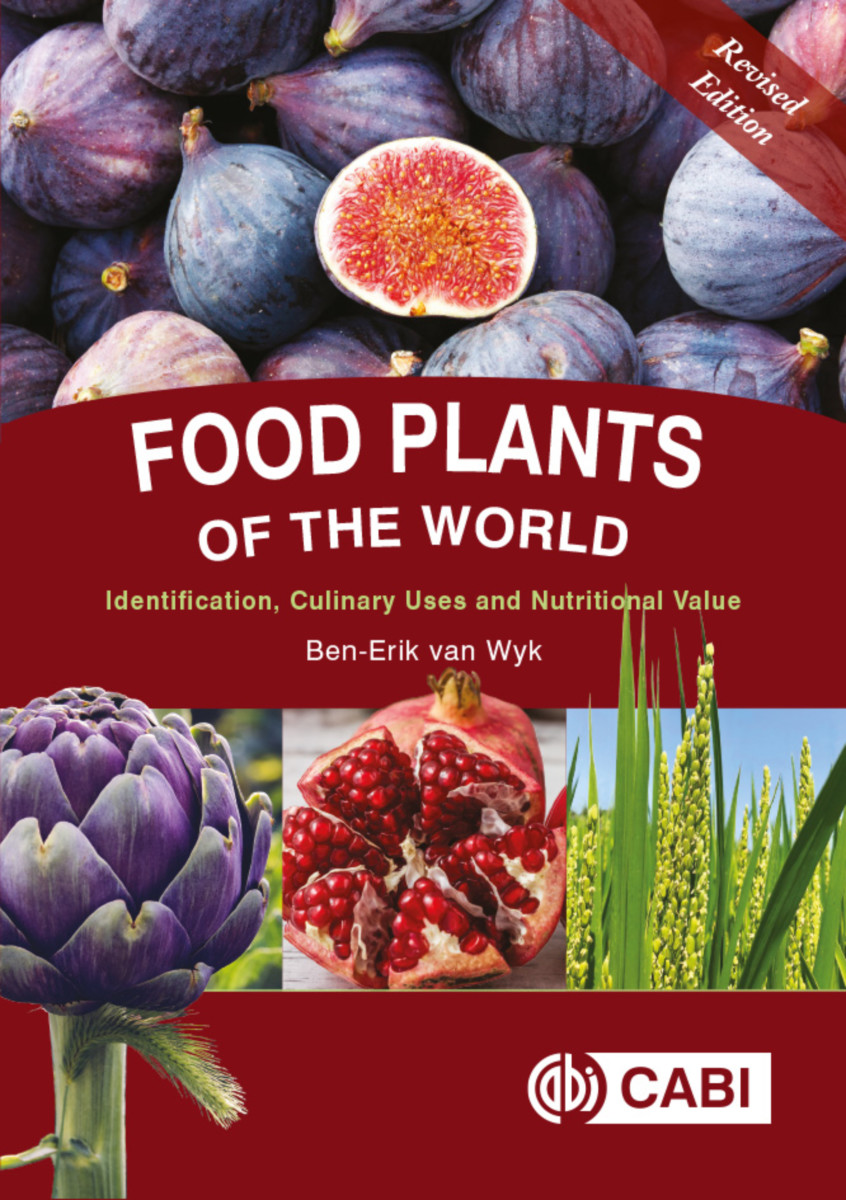Food Plants of the World Revised Edition
Identification, Culinary Uses and Nutritional Value
- Publisher
CABI - Published
19th August 2019 - ISBN 9781789241303
- Language English
- Pages 512 pp.
- Size 6" x 9"
- Images color photos
Plants and plant-derived products make up the bulk of what we eat and drink every day, and people often wonder where their favorite food or drink comes from. This scientifically accurate photographic guide provides quick and informative answers.
Food Plants of the World is a comprehensive overview of the plants that provide us with food, beverages, spices and flavors. It is written in easy-to-understand language but gives accurate scientific information on the plants and their uses. This expanded and revised edition of the book includes:
- Descriptions of more than 400 food and flavor plants and their close relatives, including origin, history, cultivation, harvesting, properties and culinary uses.
- More than 1000 full-color photographs, showing the plants, flowers and plant parts that are used.
- Introductory chapters on cereals, pulses (legumes), nuts and seeds, fruits, vegetables, culinary herbs, sugar plants, beverages, spices and flavorings.
- Interesting facts about the historical and contemporary uses of the various plant-derived products.
- A checklist of more than 800 of the most important and well-known food plants of the world.
1: Preface
2: Intro
3: Regions of origin
4: Cereals
5: Pulses (legumes)
6: Nuts and seeds
7: Fruits
8: Vegetables
9: Culinary herbs
10: Sugars, gums, gels and starches
11: Beverages
12: Spices and flavours
13: The plants in alphabetical order
14: Nutrients, diets and health
15: Quick guide to food plants
16: Glossary
17: Further reading
Ben-Erik van Wyk
Ben-Erik van Wyk is a Professor of Botany and holds the DST-NRF National Research Chair in Indigenous Plant Use at the University of Johannesburg, South Africa. He has a research interest in systematic botany and plant utilization.


